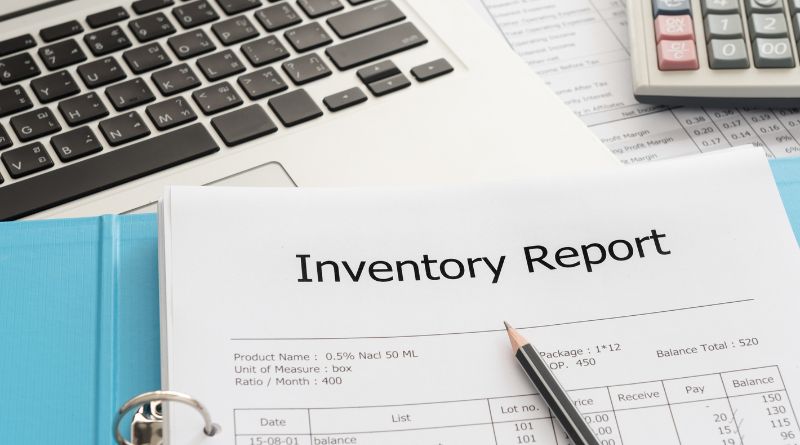How to Organize Inventory for Small Businesses in 8 Easy Steps
Running a small business can be an exciting, but hectic endeavor. Keeping inventory organized can help your business run more smoothly and efficiently, saving you time, money, and headaches along the way. Here are 8 steps to organizing inventory for small businesses.
Step 1: Get Rid of Unnecessary Inventory
Fiserv is a company that provides an array of electronic payment and data processing services. As of 2022, they have a customer base of more than 420,000 organizations around the world. If you’re looking for trusted and innovative products and services, then this could be a great place to turn. One major service they offer is through their outsourced credit card processing. These are like prepaid cards and are used by merchants when customers don’t want to give out any personal information. The money on these cards can come from your checking account or one of theirs – it all depends on what your needs are. They also provide merchant accounts which allow companies to accept different types of payments with just one contract. It has been reported that more than half of all credit card transactions in the United States go through them, which should speak volumes about how many people use them!
Step 2: Review Your Stock Levels
. If you are dissatisfied with your current provider, they will take an objective look at your situation and make recommendations that fit your needs as well as guide you through the change process to ease the transition.
. They also provide merchant accounts which allow companies to accept different types of payments with just one contract. It has been reported that more than half of all credit card transactions in the United States go through them, which should speak volumes about how many people use them
Step 3: Reorder When Necessary
The time is now to review your current payment processing provider and make sure it is best suited for your business. Is your company at a high risk of fraud? Does it regularly process transactions that are more than $100,000 in size? Does it have employees who work remotely or outside the office? These are all reasons to change providers that can maximize efficiency and prevent fees. There are numerous benefits to making the switch, such as fee avoidance, increased convenience, better fraud protection, faster transaction timeframes, and lower costs
Step 4: Have Part Numbers on Hand
So, should your business make the switch to 2022 Fiserv? For many organizations, it will be worth the initial time and cost. Remember to research all of your options before making a final decision.
When you set up a new QuickBooks account, you’ll create an online company file and assign an administrator. The administrator is the person who can make changes to accounts, such as adding new vendors or employees. Accounts in QuickBooks are divided into different categories like Assets, Liabilities, Income, Expenses, and Equity. Accounts are also organized by sub-categories like Current Assets (cash) or Fixed Assets (long-term assets). Accountants typically use these reports to determine how profitable a business has been for each category. One of the most popular reports on QuickBooks is the Balance Sheet, which tells us if we have more liabilities than assets or vice versa.






